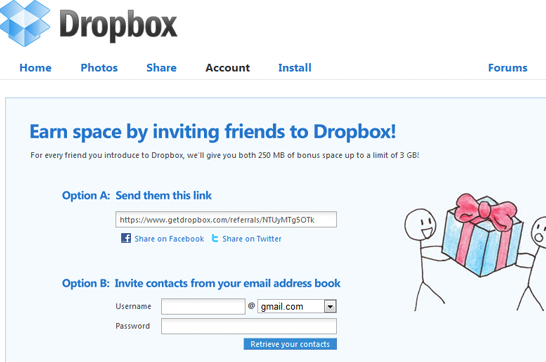Growth hacking has become somewhat of a buzzword among marketers, but do you know what the term really means? Growth hacking is not simply another word for marketing. It’s a new set of principles and techniques that go beyond traditional marketing methods. Growth hacking is the space where marketers and developers meet, involving rapid experimentation across marketing channels and product development to identify the most effective, efficient ways to grow a business.
Growth Hacking Is Not…
Honing in on your audience
Marketers have known about target audiences for decades, and some of the best strategies for developing your target audience remain from the advertising glory days of the ‘50s. Building your target audience alone is not a growth hacking method.

Engaging your audience
You may be using Facebook, Twitter and content marketing strategies to engage your audience in clever ways. Perhaps you’re using influencer marketing or creating pieces of big content that are interactive and irresistibly shareable. Sadly, you’re still not growth hacking yet.
Converting audience
You’ve got your CTA front and centre on your landing page and a tantalising ebooks up for grabs in exchange for user emails. You’re on the right track by using marketing methods that work, but alas, this is not yet growth hacking.
Growth Hacking Is…
Focusing on the product
Where marketing is traditionally channel-oriented, growth hacking uses the product to innovate traditional marketing methods and create growth. For example, a refer a friend program is a typical marketing technique, but when that referral inherently involves the product it becomes growth hacking. Dropbox ran a successful campaign where referring a friend earned users 500MB more data. Thus the hack was product-oriented.

Innovating technology
Your marketing hacks are not really “growth hacking” unless you’ve got your developers behind them. As in the example above, the Dropbox campaign required their referral program to involve more than marketing automation or coupon codes. It required the use of a plugin or hard-coding. That’s the genius behind growth hacking.
Measuring results and adapting
The final basic pillar of growth hacking is split-testing, aka A/B testing. With the help of your developers, creating split tests allows you to measure the success of your campaigns while tweaking them to perfection. One example of using tech to growth hack is by programming Javascript to hide retargeting cookies for 45seconds. This way you avoid retargeting to people who bounce from your site, and only reach those who are sincerely interested in your product.
At the end of the day, the internet has created a radical redefinition of the word product. Products used to only be physical things like bikes, toothbrushes, beds, and CD players. Now, anything online is product, and this demands a new kind of thinking. One thing’s for certain, with growth hacking, the future of companies will not look like they did yesterday.
